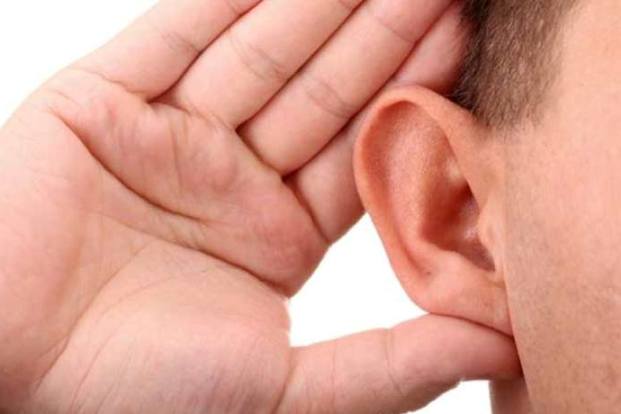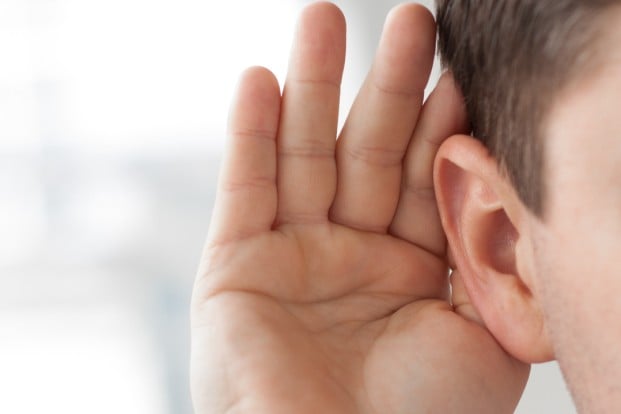Categories
- Bariatric Surgery (11)
- Black Fungus (5)
- Bone Marrow transplant (3)
- Brain Tumor Surgery Navigation Technology (20)
- Cardiac Surgery (66)
- Cardiology (97)
- Computer navigation technology for joint replacements (20)
- Covid Vaccination (17)
- Critical Care (2)
- Dental (19)
- Dermatology (31)
- Dialysis Support Group - “UTSAAH” (11)
- Dietitian (33)
- Emergency Medicine (4)
- Emotional Health (11)
- Endocrinology (33)
- ENT (20)
- Gastroenterology and GI Surgery (53)
- General and Laparoscopic Surgery (21)
- General Surgery (4)
- Gynecology & Obstetrics (183)
- Hematology (20)
- Internal Medicine (294)
- Kidney Transplant (50)
- Kidney Transplantation (20)
- Lung Cancer (8)
- Minimal Invasive Surgery (1)
- Mother & Child (20)
- mucormycosis (5)
- Nephrology (61)
- Neurology (147)
- Neurosurgery (68)
- Nutrition and Dietetics (107)
- Omicron Variant (1)
- Oncology (288)
- Ophthalmology (10)
- Orthopaedics & Joint Replacement (86)
- Paediatrics (59)
- Pediatric Nephrology (3)
- Physiotherapy (5)
- Plastic & Reconstructive Surgery (6)
- Psychiatry and Psychology (90)
- Psychologist (28)
- Pulmonology (72)
- Rheumatology (13)
- Spine Services (21)
- Transradial Angioplasty (16)
- Urology (84)
Query Form
Posted on Apr 19, 2022
How is loss of hearing diagnosed?
Although hearing loss is very common among adults, particularly those over age 65, the condition is often under diagnosed in age 65. Hearing loss can greatly impact a person’s quality of life. These include:

- Air Conduction, Conventional or Standard Audiometry — This test is basically used to measure the hearing of adults and older children. A range of test tones, from low to high frequency perceived as “pitch is transmitted through earphones placed on or in each ear, and patients are asked to concentrate with a hand raise.
- Bone Conduction — If testing reveals a hearing loss, another type of headset, a bone vibrator, is used to determine hearing by bone conduction in order to determine the type of hearing loss.
- Word Recognition —Testing is basically worked to evaluate the ability to discriminate differences between the speech sounds of various words, and how clearly the words are heard.
- Acoustic Immittance — These tests are used to assess the status of the middle ear and related structures. A type of acoustic immittance test known tympanometry, measures the movement of the eardrum to see if it moves normally when pressure changes are applied.
- Otoacoustic Emissions (OAEs) — OAEs are used to assess the function of the cochlea. OAEs are typically present when hearing is normal or near normal, and are typically absent when there is a problem in the cochlea.
- Auditory Brainstem Response (ABR) — ABR is a procedure used to measure hearing sensitivity and determine if the neural pathways within the brainstem are transmitting sound properly. This test is used to rule out auditory-neurological problems.



